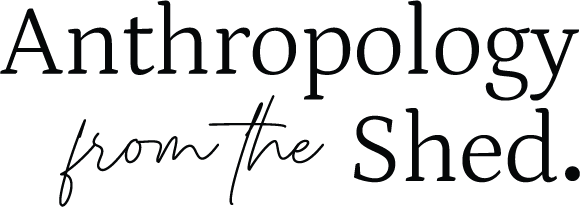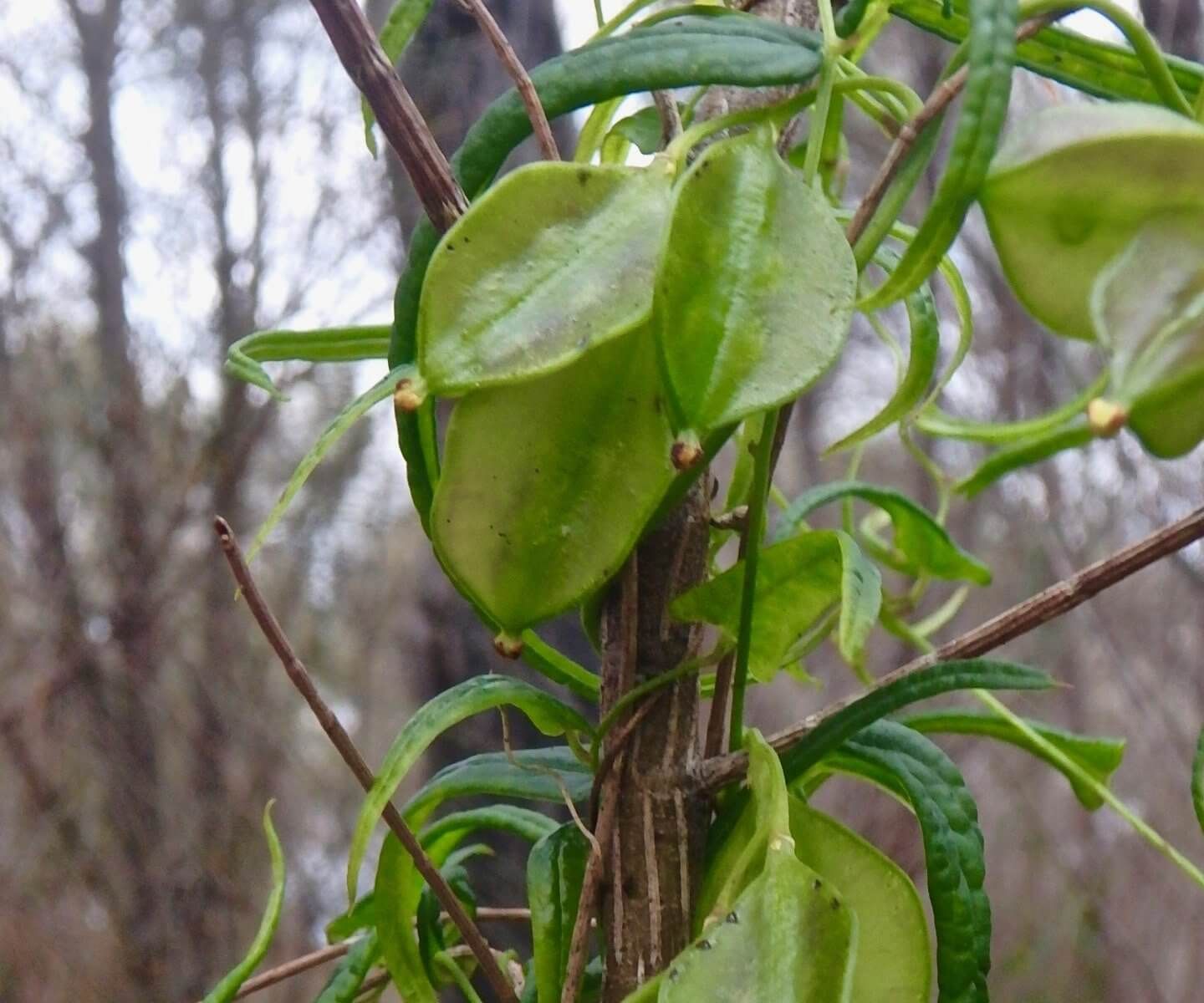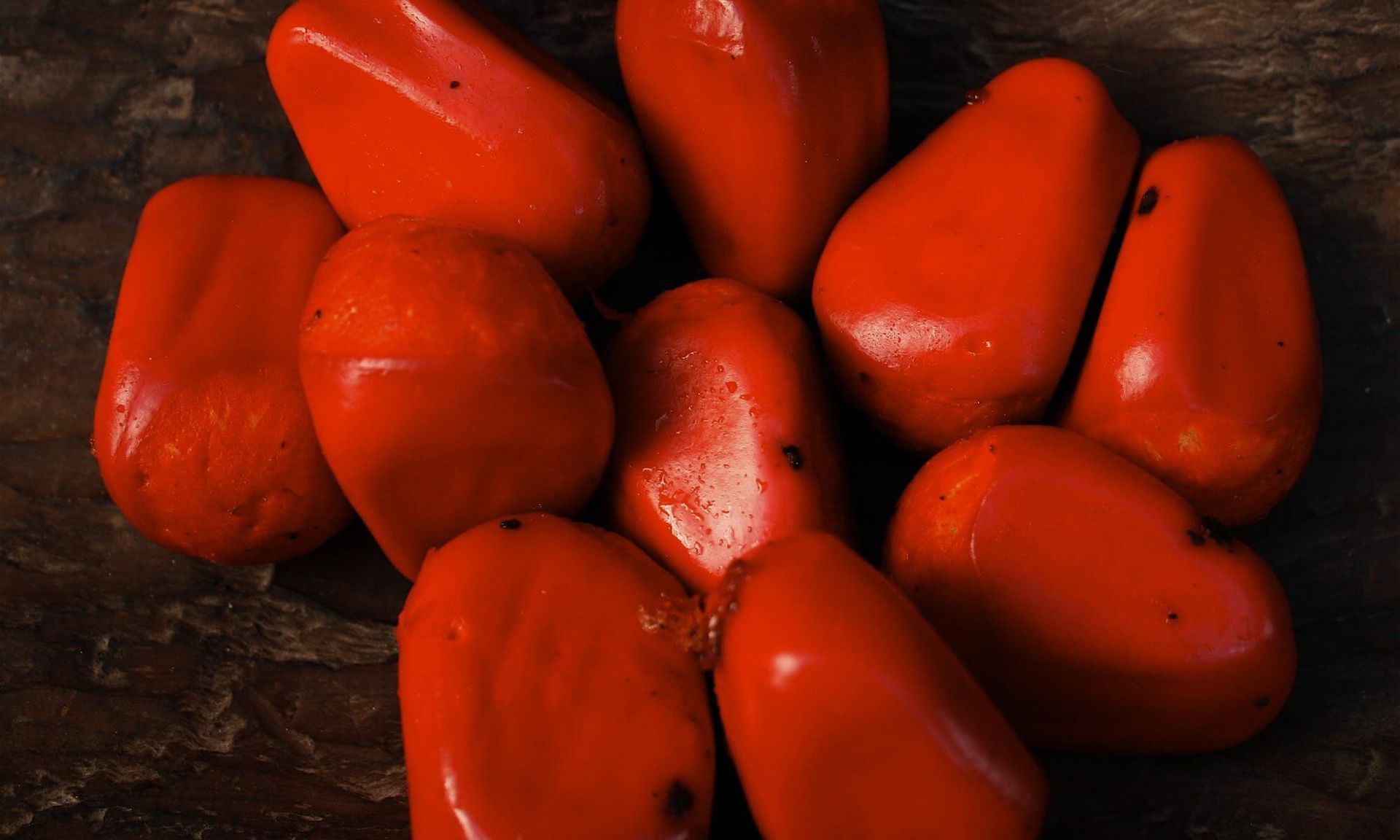Beware: Bush food can be dangerous
Australian indigenous “bush foods” over the years have become a big business with gourmet restaurants and the ever-expanding cultural tourist industry. This is all well and good but in Western Australia the bush-tucker industry is largely unregulated. It is not that we are seeking to impose strict government regulations over the bush tucker industry but rather to ensure a standard of safety in the information disseminated from such cultural experiences.
Many of the local plants and their products (seeds, bulbs, roots, flowers etc) used by indigenous people as “bush foods” were traditionally prepared using a number of methods. These included roasting, soaking, grinding, adding neutralising agents (e.g. clay) and also in some cases processes of fermentation. These procedures alone or in combination were used to remove harmful chemical agents and to enhance the nutritional value, taste and texture. Some of these methods took place over an extended time period, such as the Macrozamia fruit processing that could take up to a month. Plant food processing was mainly carried out by women who had honed their skills over many thousands of years of trial-and-error, developing a complex indigenous food science.
To demonstrate these thousands of years of bush food expertise and the intricacies of preparation is difficult to convey in a half-day bush tucker tour. We have spoken to numerous tourists who after participating in indigenous bush food tours have been confused as to which parts of the plants were eaten and how they were processed.
We have heard similar criticisms by people seeking reliable information about Noongar culinary culture from the internet. However, sometimes this information is misleading, inaccurate and potentially dangerous. A good example is information provided by the Department of Biodiversity, Conservation and Attractions (DBCA) in their Landscope publication (p.9) regarding Noongar consumption of the seeds of Macrozamia fraseri at Bold Park. The article states ‘…the female zamia grows a pineapple-like fruit, which ripens at the end of summer. Aboriginal people ground the nuts into a flour, which they used to make a pancake-like dish that they cooked by the fire.’ This is ethnographically incorrect. https://library.dbca.wa.gov.au/static/FullTextFiles/080052-33.03.001.pdf h
The Noongar people of southwestern Australia consumed only the seed coat (after processing) not the toxic seed whereas Aboriginal groups in Eastern Australia consumed the processed seed, after discarding the seed coat.
Another misleading and potentially dangerous reference can be found on an educational website sponsored by the State government that describes Noongar people processing Macrozamia nuts (seeds) by soaking them in the river for a week, grinding them into a paste and cooking into pancakes. This is also culturally inaccurate.
It is well established that Noongar women, unlike all other indigenous groups in Australia, developed a unique process of fermenting the outer red skin or sarcotesta through an exact process of collecting the Macrozamia fruit when ripe, then soaking and/or burying them in an anaerobic environment, resulting in an end product (seed coat) that was high in oils, vitamins and protein. For further information, see our paper https://www.anthropologyfromtheshed.com/macrozamia-the-fermented-oil-fruit-of-southwestern-australia
The purpose of this blog is to express our concerns about the potential dangers inherent in the circulation of unreliable information on bush food and its processing to an unsuspecting public. Government departments and universities have not helped in any way to promote reliable indigenous scientific knowledge, especially when it comes to Noongar food science. We can attest to this in our own research where it is generally easier to find information on the chemical analysis of local indigenous foods from overseas studies which are mostly freely available on the internet. If scientific studies of Noongar foods do exist in Western Australia, they are difficult and costly to access by independent researchers such as ourselves who are unaffiliated with universities or government institutions. If we find these scientific studies almost impossible to obtain, how do Noongar people get access to scientific information about their food?
It is about time that information was made more freely available in this State and not locked away in the ivory towers of academia and research organisations. We make a plea to academics, especially food scientists, nutritionists, chemists, archaeologists and anthropologists, to make reliable information available and freely accessible to the public to help prevent a potentially dangerous incident.



